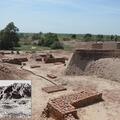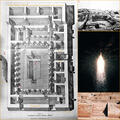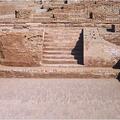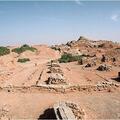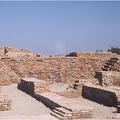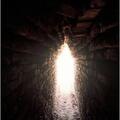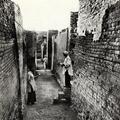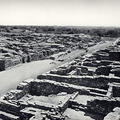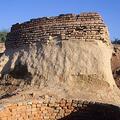Harappa Mound AB Center
Harappa Mound AB Center with the great drain looking out over Punjab. Harappa was first excavated in 1872 by Alexander Cunningham, the original Director General of the Archaeological Survey of India. Although he named the mounds and found a seal and other implements after digging a handful of trenches, he was in search of a Buddhist city and did not realize that he had come upon a Bronze Age civilization that would push back Indian history 2,000 years.

